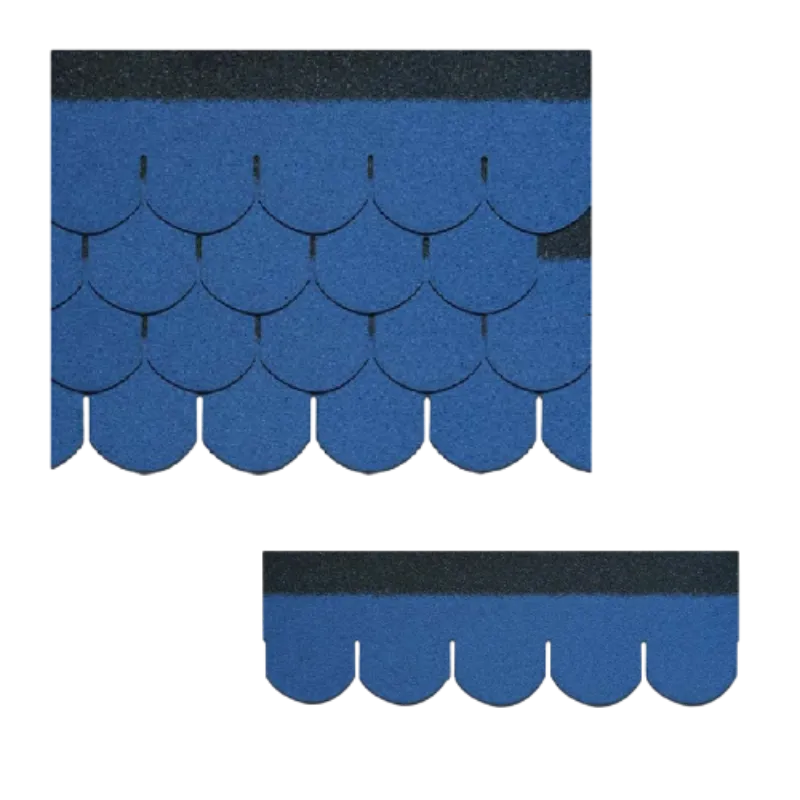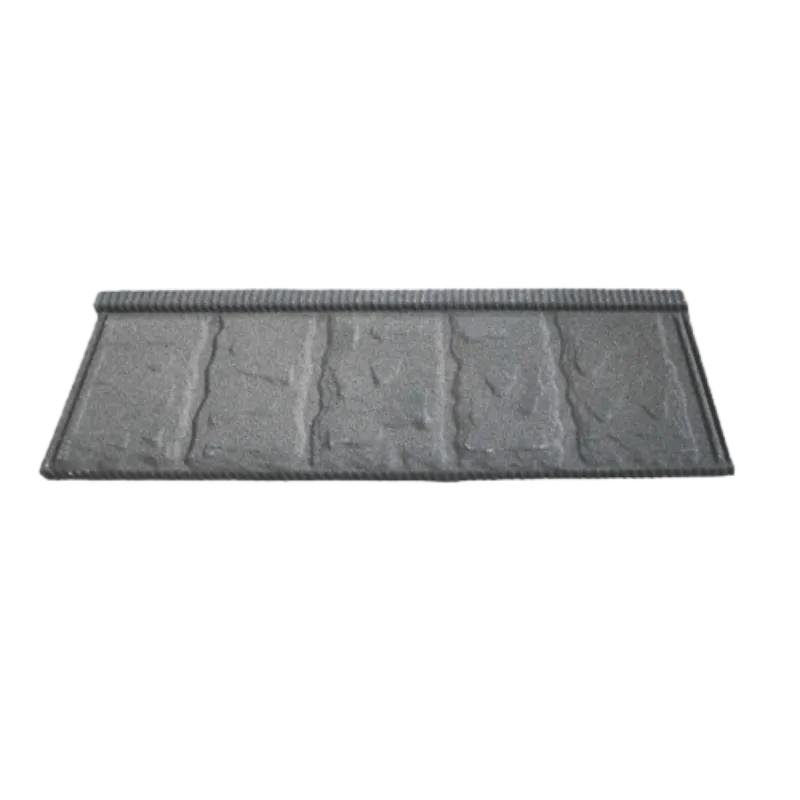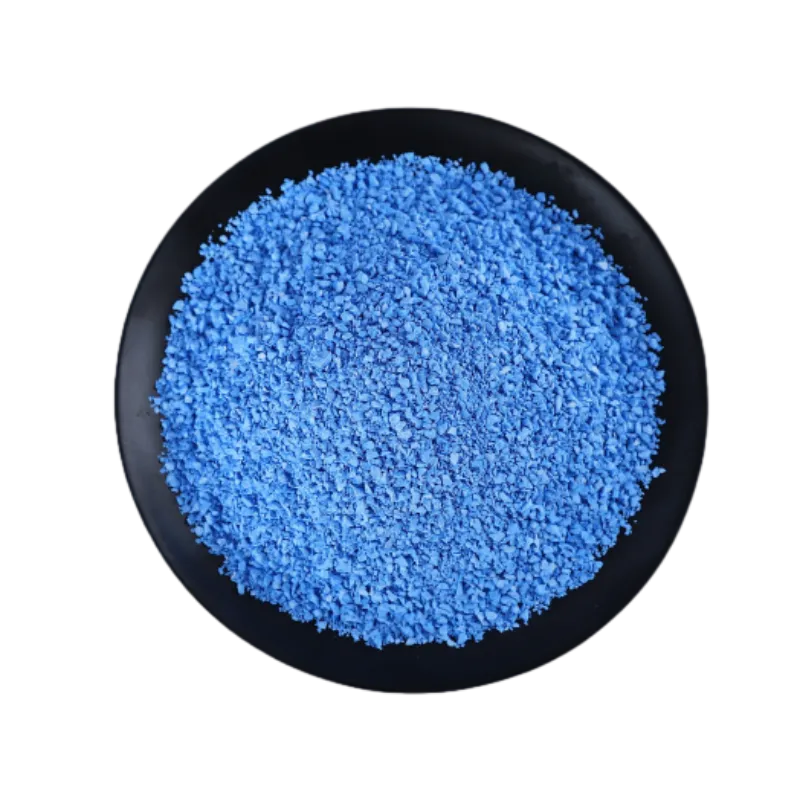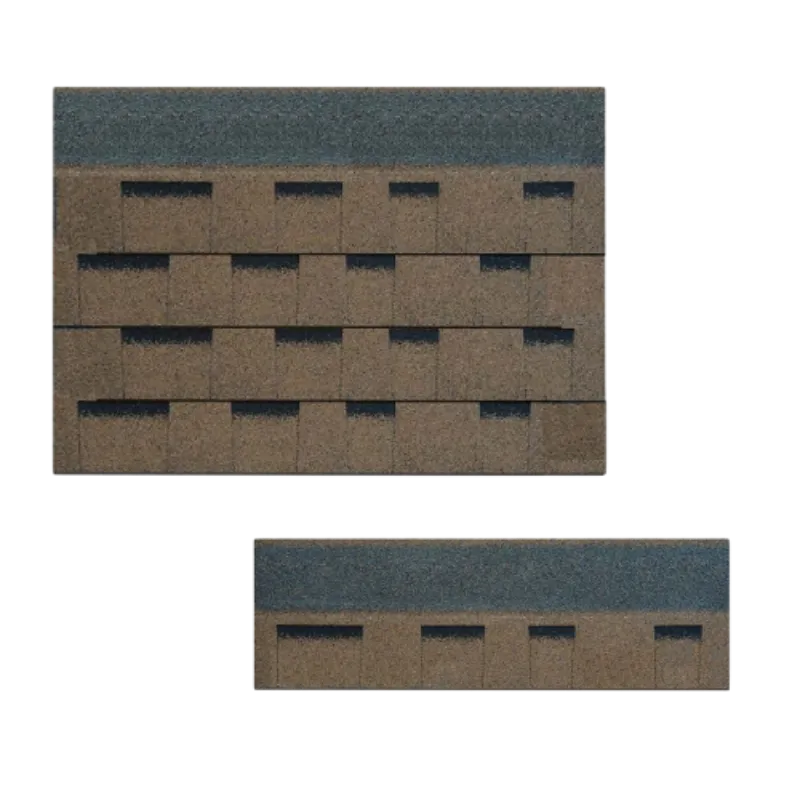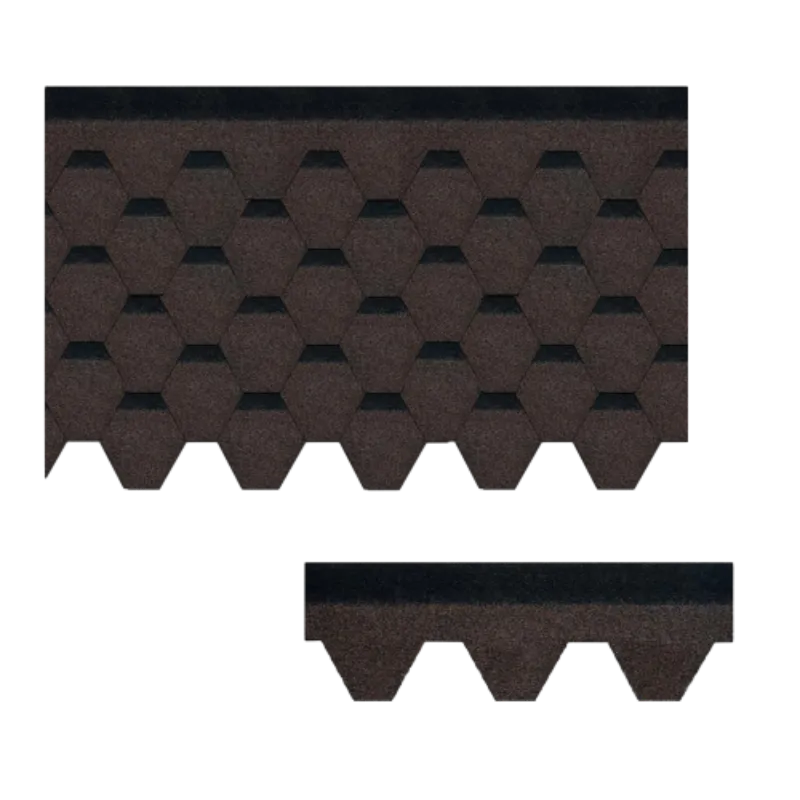
Oct . 24, 2025 15:05 Back to list
Stone Coated Metal Roof Tile-Nosen Tile | Durable & Stylish
A field-tested look at stone-coated metal roofing, from factory floor to rooftop
If you watch roofing trends the way some folks follow box scores, you’ll have noticed the pivot: specifiers are moving from heavy concrete and short-lived asphalt toward lighter, tougher systems. That’s why I took a closer look at Stone Coated Metal Roof Tile-Nosen Tile—a profile I’ve seen on resorts and mountain homes alike. To be honest, the appeal is obvious: steel backbone, ceramic stone finish, and a service life that doesn’t blink at coastal weather.

What’s driving the switch
Across APAC, the Middle East, and parts of the U.S. Sun Belt, owners want roofs that handle UV, hail, and wild temperature swings. Stone-coated steel checks those boxes while keeping weight low—handy for retrofits. Many contractors tell me installation speed is a sleeper advantage; a trained crew can clock impressive coverage per day, even on tricky gables.
Core specs at a glance
| Tile size | 1340 × 420 mm |
| Effective dimension | 1270 × 370 mm |
| Coverage area | ≈ 0.47 m²/tile (real-world may vary) |
| Tiles per m² | ≈ 2.16 pcs/m² |
| Weight | ≈ 2.7 kg/pc |
| Steel thickness | 0.40–1.00 mm (project-dependent) |
| Typical substrate | Alu-zinc (AZ) coated steel, e.g., AZ150 |
| Coating build | Primer + acrylic adhesive + stone granules + overglaze |
| Origin | Shijiazhuang, China (Times Ark Building, Guangan Street) |
From coil to crate: process and testing
Factory flow (simplified): AZ steel coil → degrease → press-form tile → primer → adhesive coat → ceramic granule embedding → kiln cure → overglaze → cure → QC → packaging. QC typically includes thickness gauging, color consistency checks, T-bend adhesion, and granule adhesion rub tests. Independent labs often verify:
- Salt spray (ISO 9227): ≥ 1000 h target on coated system
- Impact resistance (UL 2218): Class 4 achievable on this class of tile
- Fire performance (ASTM E108/UL 790): Class A assemblies
- UV weathering (ASTM G154): around 1000 h baseline screening
Service life? In fair conditions, 30–50 years is a reasonable band; coastal sites should spec AZ mass and fasteners carefully.
Where it fits
Residential re-roofs, resorts, educational buildings, light commercial, prefab modules. Minimum pitch typically ≈ 12°; installation over battens or solid deck using self-drilling screws with EPDM washers. Many customers say noise is lower than bare metal thanks to the stone layer—subjectively true in my site visits.
Advantages of the Stone Coated Metal Roof Tile-Nosen Tile
- High strength-to-weight ratio; easy logistics.
- Granule finish softens glare; hides minor scratches.
- Fast install; fewer tiles per square meter than small-format clay.
- Colorways and profiles to match regional styles.
- Good hail and wind resistance when installed to spec.
Vendor snapshot (real-world may vary)
| Vendor | Steel/AZ | Granule adhesion | Warranty | Lead time | Certs |
|---|---|---|---|---|---|
| Stone Coated Metal Roof Tile-Nosen Tile | 0.45–0.5 mm, AZ150 (typ.) | ≥ 1.2 N/mm (internal) | 30–50 yrs (structure) | ≈ 2–4 weeks | ISO/CE, UL/ASTM reports |
| Regional Brand A | 0.40 mm, AZ100 | ≈ 0.9–1.1 N/mm | 20–30 yrs | 3–6 weeks | Basic factory QA |
| Import Brand B | 0.45 mm, AZ150 | ≈ 1.1–1.3 N/mm | 25–40 yrs | 4–8 weeks | UL/EN docs on request |
Customization and a quick case
Profiles: Classic, Roman, Shake, Shingle; colors: charcoal, terracotta, cocoa, forest, and custom RAL on request; accessories: ridges, hips, valleys, matching screws. A coastal villa project in Hainan rebooted with the Stone Coated Metal Roof Tile-Nosen Tile; the contractor liked the light dead load for the older trusses and reported tidy lap lines at 370 mm effective height. After the first typhoon season, the owner—cautious at first—said the roof “just sat there and did its job.” That’s the point.
Certs, data, and notes
Look for ISO 9001 factory QA, UL 2218 Class 4 reports, ASTM E108/UL 790 Class A, and ISO 9227 salt spray data. Wind design should follow local codes (e.g., EN or AS/NZS). Finally, pair tiles with stainless or class-4 coated fasteners; details matter more than brochures admit.
References
- UL 2218 Impact Resistance of Prepared Roof Covering Materials
- ASTM E108 / UL 790 Fire Tests of Roof Coverings
- ISO 9227: Corrosion tests in artificial atmospheres — Salt spray tests
- EN 14782: Self-supporting metal sheet for roofing, external cladding and internal lining
-
Black Clay Tile: Durable, Sustainable Roofing for Modern Needs
NewsNov.24,2025
-
Red Clay Roof Tiles: Durable, Sustainable & Stylish Roofing Solutions
NewsNov.23,2025
-
Durable and Sustainable Ceramic Roofs: A Global Perspective on Design & Innovation
NewsNov.23,2025
-
Synthetic Clay Tile Roof – Durable, Eco-Friendly Roofing Solutions for Modern Buildings
NewsNov.22,2025
-
Expert Guide to Terracotta Tile Roof Restoration - Sustainable Preservation & Repair
NewsNov.21,2025
-
Planum Roof Tiles – Durable, Sustainable Flat Roofing Solutions for Global Needs
NewsNov.20,2025


